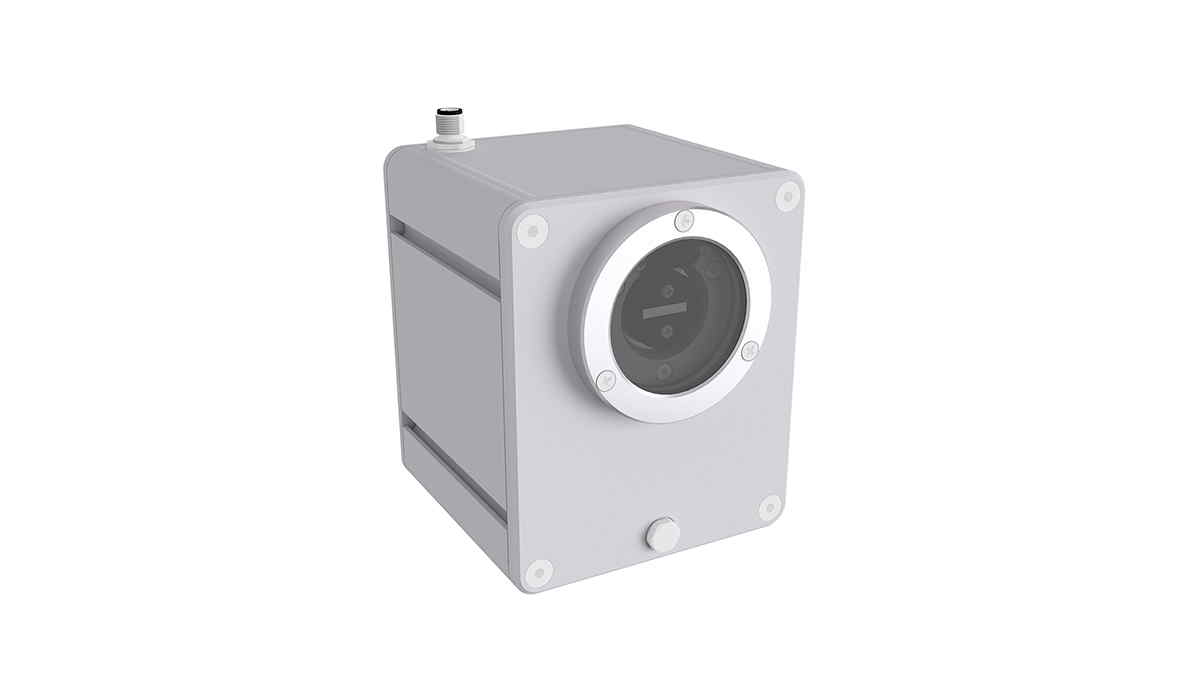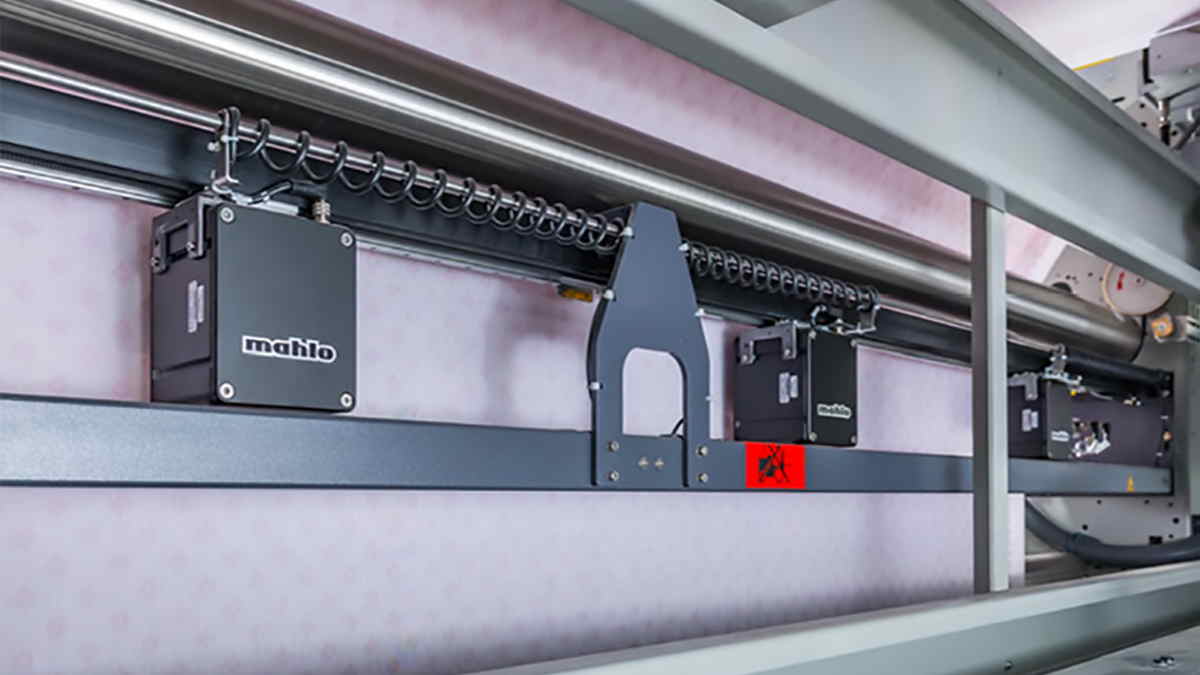While distortion in textile production is an important problem that reduces the quality and therefore the price of the product, every textile manufacturer aims to produce thread, stitch or pattern straight goods. Mahlo scanning systems offer effective solutions in this regard with different sensors and hybrid solutions, even for fabrics that are difficult to detect distortions such as carpets. In this way, every textile manufacturer, regardless of woven, knitted or tufted, whether printed, coated, dyed, laminated, light or heavy fabric, can obtain thread, stitch or pattern straight goods.
Mahlo, the global machine manufacturer in measurement, control and automation systems for the textile and finishing industry as well as the paper, foil and coating industries, offers the widest selection of sensors in the market for distortion detection systems. Mahlo Textile Product Manager Stephan Kehry said that they are giving manufacturers the right tool to evaluate and monitor the condition of their fabric, adding that only with distortion detection that is optimally suited to their own product mix can they meet the increasing demands of the market. Kehry argued that no other measuring principle can cover so many materials and applications fully automatically.
Mahlo scanning systems set the standard in distortion detection
For most textile manufacturers, the solution for straight goods is optoelectronic scanning. Stephan Kehry said that the TK-12 sensor is capable of detecting weft and course distortion in virtually all textile structures and to determine the total distortion reliably and in real time. Developed by company founder Dr. Heinz Mahlo, the principle continues to set standards in the field of distortion detection today, while continuous further development and state-of-the-art digital technology make it possible to stay one step ahead of the ever more complex textile structures.
This is achieved by using a suitable number of sensors that are evenly distributed across the fabric width. They detect and calculate the warpage in real time using an oscillating lens that registers the light-dark modulation. In this way, distortion is detected simultaneously across the entire width of the fabric. Distortion changes – such as in a seam – can be reacted to without delay. A connected automatic straightening machine or the machine operator can thus implement the corrections.
Imaging scanning option for cases that cannot be scanned with the sensor
For the few cases that cannot be scanned with the TK-12 optoelectronic sensor, Mahlo uses imaging scanning as a supplement. The imaging method is also the best option for manufacturers of woven crepe, certain blackout fabrics, fabrics with untwisted weft or structures with small patterns. The course of the weft and warp threads is recorded by means of a high-resolution area scan camera with an imaging area of 4×3 cm. An intelligent algorithm in the software evaluates the captured image and determines the degree of distortion.

Special options for fabrics that are challenging to scan
Mahlo scanning systems offer special solutions for different areas such as carpet, lace and terry fabric, where conventional scanners are lacking. Carpets with very low weft or tufting row density, mostly due to their coarse yarn qualities, are examined with the camera sensor developed by Mahlo. The sensor covers a significantly larger area during scanning and thus makes coarse cross structures visible.
To detect the warpage value of lace and co. and successfully straighten them, Mahlo uses the Patcontrol PCS-20. Thanks to special software, the camera-based system can detect, evaluate and record several parameters of a fabric web, including skew and sheet distortion, longitudinal and cross repeat and fabric width.
Hybrid solution in distortion detection by Mahlo
Hybrid scanning, a combination of optoelectronic and imaging scanning, offers an alternative for those who want to combine both fields on the production line. Depending on the material type of the goods passing through, the software independently selects which warpage detection generates the most stable evaluation. Noting that the hybrid scanning combines the advantages of both individual systems to form a superior system that takes a lot of work off the manufacturer’s hands, Stephan Kehry continued saying; “Especially with a wide product range with frequent fabric changes, hybrid scanning brings enormous relief”.


